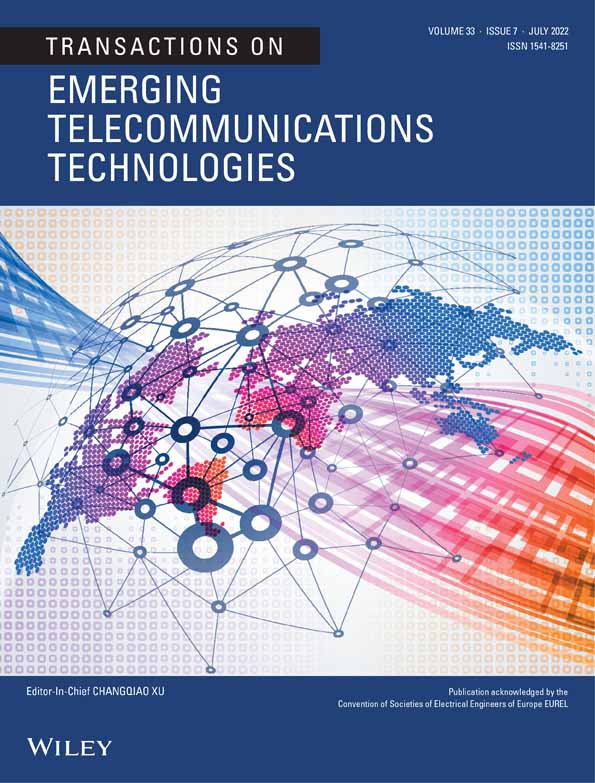Roadside units plane optimization scheme in software-defined vehicular networks
Funding information: National Natural Science Foundation of China, 61802429; 61872382; 61521003; National Key R&D Program of China, 2018YFB0804002; 2019YFB1802505; 2019YFB1802501; 2019YFB1802502; 2020YFB1804803
Abstract
As a new research field, software-defined vehicular networks (SDVN) provide a novel idea for the network management of the internet of vehicles. Due to the time-sensitivity of vehicle edge networks, time delay optimization for flow rule management is of great significance to improve system performance. Some existing SDVN architectures select part of the underlying roadside units (RSUs) as underlying controllers to assist the upper control plane. There is no mention of how to optimize the state switching between the RSU controller and the common RSU, which may increase the delay and communication overhead. This paper proposes an RSU plane optimization scheme to reduce the state fluctuation between RSUs with control functions. Firstly, we propose a state fluctuation optimization model of the RSU plane. Secondly, the division method and dynamic adjustment strategy of the RSU plane are designed. Finally, a position prediction method is utilized to realize the pre-installation of flow rules. We use two common methods (greedy and dynamic schemes) to compare with the minimum state fluctuation approach. The simulation analyzes the performance using four parameters. Under the same conditions, the proposed scheme can reduce the flow setup delay and end-to-end delay, while reducing the number of controllers and overhead.
CONFLICT OF INTEREST
The authors declare that they have no conflicts of interest to report regarding the present study.
Open Research
DATA AVAILABILITY STATEMENT
The data that support the findings of this study are available from the corresponding author upon reasonable request.




